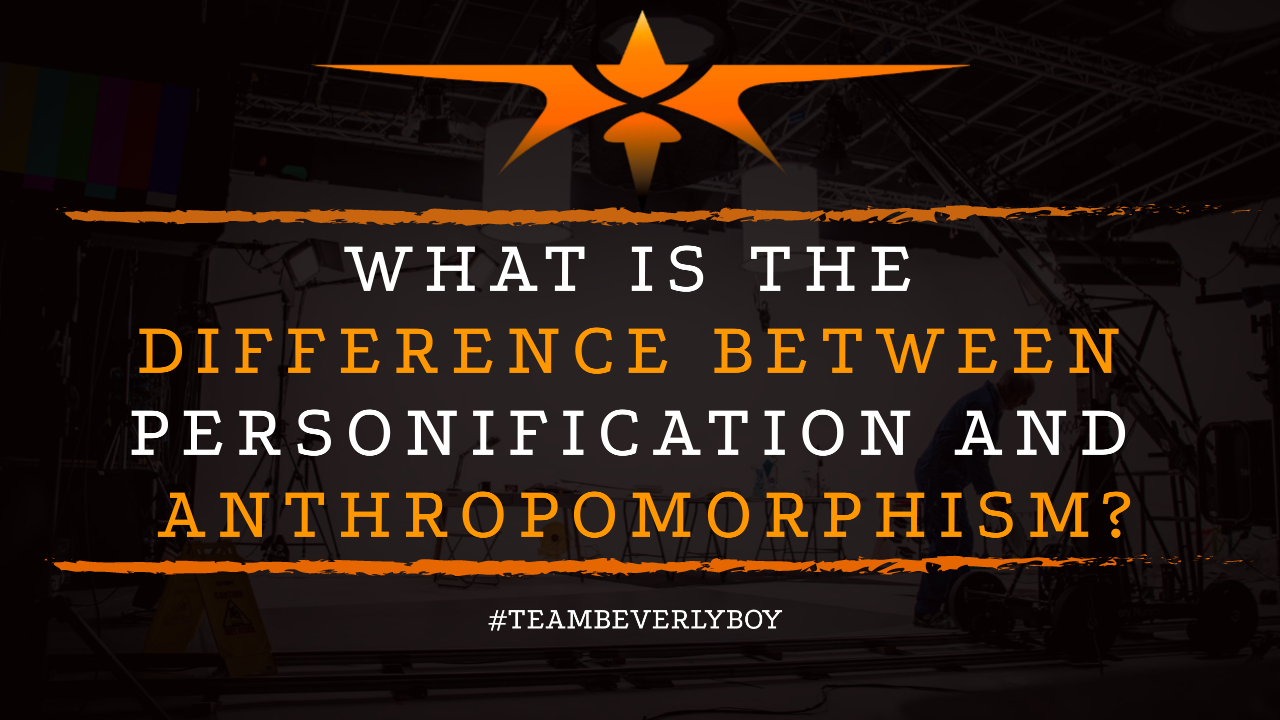
What is the Difference Between Personification and Anthropomorphism?
As a screenwriter or aspiring filmmaker, you may have faced challenges in creating characters for films. And developing them into something that your audience can resonate with. In fact, one of the challenges many screenwriters face is in whether to use anthropomorphism or personification. In order to ascribe human qualities to an otherwise non-human object or animal. Both personification and anthropomorphism are common in this instance. But what is the difference between personification and anthropomorphism?

While both personification and anthropomorphism can be used in the character development for films and screenplays, it’s important for screenwriters to understand the difference between the two and what is best in their unique character situation.
What is Anthropomorphism?

Anthropomorphism represents the attribution of human characteristics, traits, or behaviors onto otherwise nonhuman characters. This may include projecting these traits or characteristics onto an animal.
Or, it could also be the juxtaposition of such an attribute to an object such as a kitchen item, or a tree. Anthropomorphism can also be attributed to a God. Or it may apply to just about anything really if it portrays a character in some capacity.
What is Personification?
Personification represents the attribution of a personal nature or human characteristic to a non-human. Moreover, personification may also include the representation of an abstract quality in human form.
Personification is a figurative form of applying the human characteristic or trait to the non-human object or animal.
- Have you ever said, “It was like cold fingers up the spine?” That’s personification.
- Does chocolate call your name before bed? That’s personification.
- Do you call your car “he” or “she”? That’s personification.
What is the Difference Between Personification and Anthropomorphism?

In looking at the definitions of personification and anthropomorphism, it’s tough to tell the difference between the two, isn’t it?
One of the easiest ways to understand the difference between personification and anthropomorphism is that personification is figurative. Whereas anthropomorphism is literal. Still don’t get it?
Have you ever thought to yourself, “every time I leave my dog in while I’m at work he retaliates against me, and pees on the floor.” This is personification. Your dog doesn’t actually know you’re at work and decides to pee on the floor.
He may pee on the floor because you were gone a long time, but the dog doesn’t say, “Haha, I’ll show you, I’ll pee on the floor since you’re at work.”
Turn it into Anthropomorphism
If you were to see a film in which a dog said to its owner, “you left me at home, so I peed on the floor.” We would say that anthropomorphism was applied, your dog can’t actually talk.
However, if you were to say, “My dog told me it was time to go home”? Then you anthropomorphised the dog by applying the human trait of speaking English to the dog.
In Summation
Personification and anthropomorphism are not always easy to figure out when you first start learning about these two literary techniques of character building.
But, as you work on learning the difference between personification and anthropomorphism. You’ll find yourself better equipped to recognize the application of figurative human-like characteristics to in personification and the application of literal human-like characteristics in anthropomorphism. It will all just seem to come together for you.


